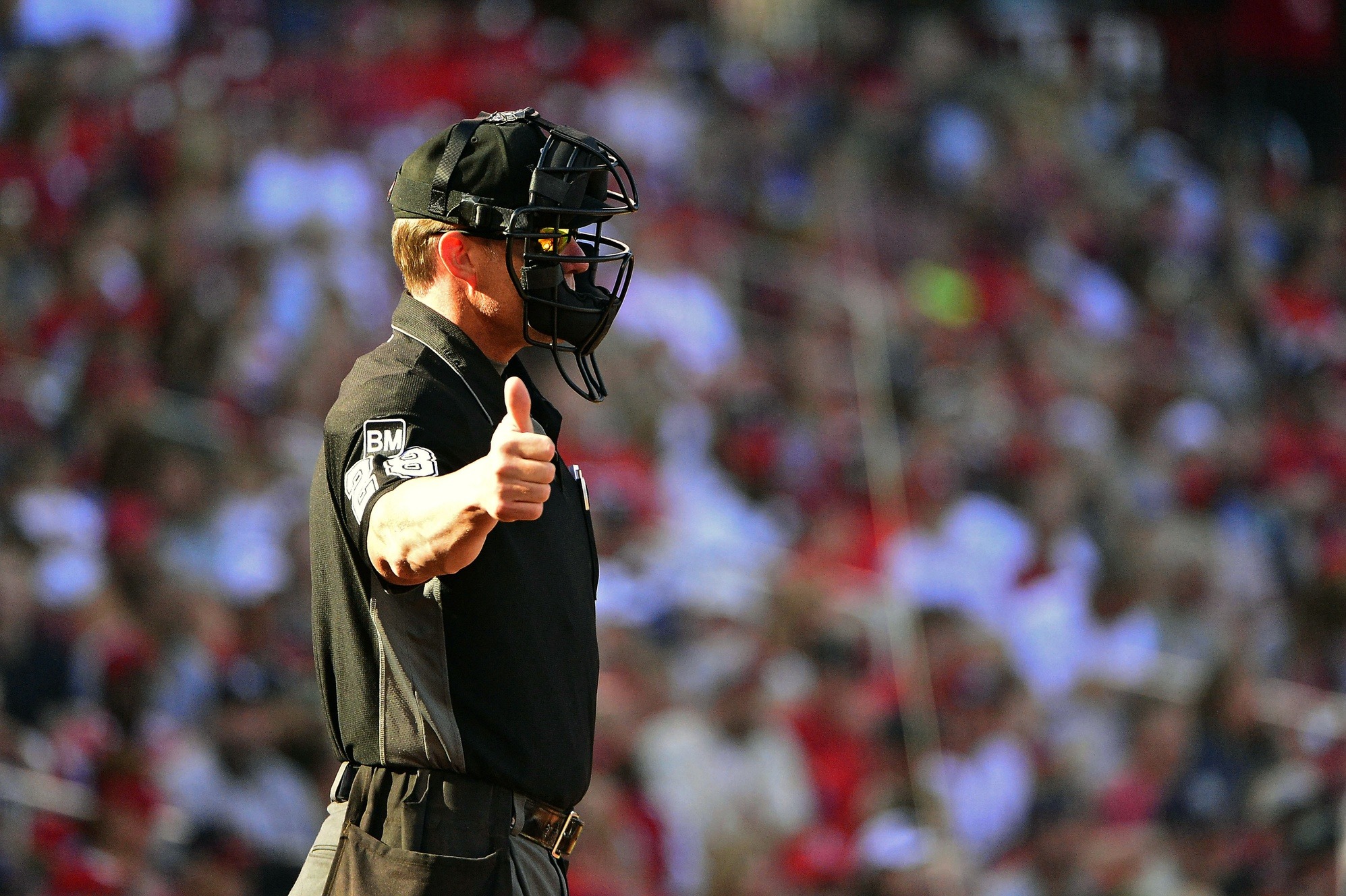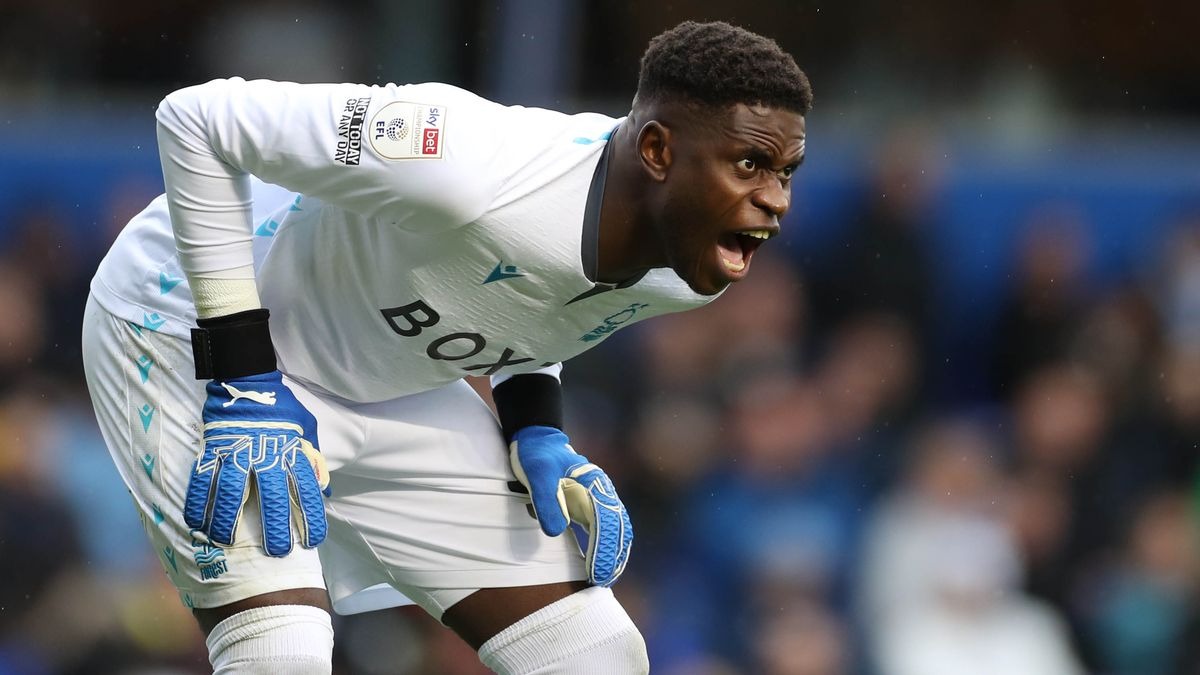Importance of the impact zone
If robots replace the assignment of balls and kicks by home-court umpires, another little-known aspect of major league baseball will disappear. Probably the least revered section of baseball’s rules code was the section describing the impact zone. The judges have always denied it, but everyone involved in the game knows that each judge has his own version, variations, peculiarities, strengths and weaknesses. Sometimes it depended on who the batter or hitter was. After all, the judge’s creed was this: he’s nothing until I call him.
As Bill Freehan, an eight-time champion Detroit Tigers Catcher, put it, “this has been going on for a hundred years, and the judges have denied it for a hundred years.”
The relievers know that. The hunters know that. Batsmen ignore this at their peril. The average fan is not aware of the game within the game that happens behind the plate on each field. In the 1990s, I asked several experienced Catchers to describe the strategy of what they called “introducing the judge.”
Lance Parrish (1977-1995):

Relievers give both the umpire and the batter, trying to stay in the zones where the hits are assigned. Everyone has a slightly different impact zone and you try to solve it as quickly as possible. Whether he’s throwing low shots or a corner kick, you’re preparing your game for that. Many referees do not give you such a low blow and force you to lift the ball in the impact zone. If your pitcher prefers to stay low, he has a problem.
I’m less worried about referees jumping balls high or low than I am about corners. They can never tune low enough to match a low pitch. But for me, the angles are non-negotiable. If the referee has a fluctuating impact zone, it should be slightly higher or lower. Over the years, I’ve noticed that when a judge looks over my shoulder from the inside, they seem to lose more tickets on the guest side from where they are. If they are adjusted from the outside, they tend to omit the internal entrances due to the corner. I prefer to have them installed right behind my back. I think this way they will have a better overview of both angles.
As a batsman, I’d rather see a wrong umpire throwing up and down rather than throwing a corner kick. The batsmen are pretty good in innings inside and out. That’s where most of the questionable calls come from.
Jeff Thorborg (1964-1973):
We are not dealing with exact science, but with subjective judgment. Don Drysdale and Sandy Kufax were getting strike calls within a fraction of an inch of the plate because they were hitting. A wild rookie pitcher who throws the same Serve to the same spot in the same game will not get it. Today, Nolan Ryan will take close hits he never had when he was young and rampant; now he’s taking more hits. But sometimes even Kufax or Drysdale wouldn’t get a call for identical service several innings later, or on another day, or if there was a big hitter who knows the strike zone. ump believes that if he lets it go through the ears, then it must be a ball.
Terry Steinbach (1986-1999):

Young or old, the pitcher who is near the plate will get more strike calls. If you throw three balls into the dirt and then make a low throw on the rim, you can’t expect to get that call. But if you are making two throws at the knees and two just below the knees, it is very likely that you will receive most of the so-called hits.
The same in the corners. Can you tell a half inch from a plate on a field moving at 92 mph? I can’t. I can’t expect that from a judge either. But that gives it a better chance if my pitcher is constantly on the outside of the plate. He gets used to seeing the fields there, so he is more likely to make a call than if he saw three balls in the mud and then saw that field. As a Catcher, I don’t expect to receive such an introduction under such circumstances.
A reliever who has been hitting for years will gain a reputation that will give him close opportunities. But you still have to be near the plate that day to get them. Even if Dennis Eckersley takes the field and throws three innings in the mud and then makes that boundary tackle, he’s not going to get it.
Matt Knox (1985-1995):

Predictability is the key to getting borderline calls on launches. If the reliever is consistent, then the umpire knows where to look. But if Catcher shakes the entire plate and ump doesn’t know what or where he’s going, it will be harder for him to focus on those close innings and he won’t get them. If the pitcher consistently throws where the Catcher sets, it doesn’t have to be that good. But if Catcher is sitting inside and the presentation is in the outside corner, even if it’s a hit, he’s unlikely to get that call. Even if the throw goes over the outer half of the plate, it will be called a ball because it has missed far beyond the Catcher’s goal. That’s the way it is. If Catcher takes a position inside and the judge is inside Catcher and the presentation goes over the outside corner, the judge sees it at an unexpected angle and is not going to call it a hit. Remember, ump is not suspended above the Home panel.
Some people think a guy sitting at home watching TV has a better angle than an umpire, but his gaze is never direct because the reliever will get in the way. It’s at an offset angle, and they can’t tell if there was a close advance at the corner or a fraction of an inch of it. Radio and television announcers rely on the same erroneous repetition to announce the presentations.

